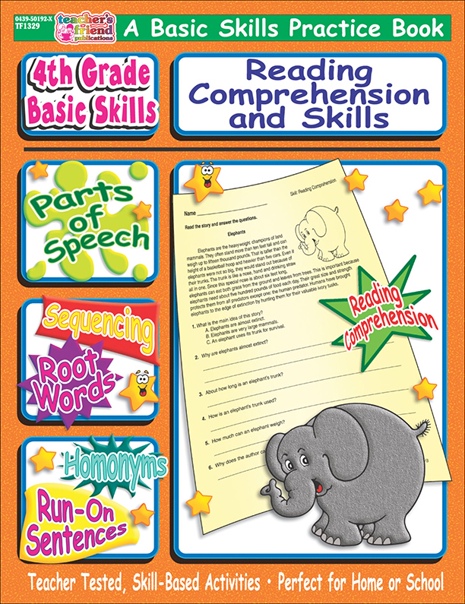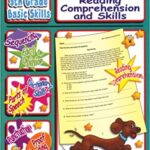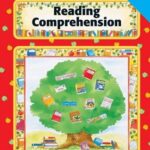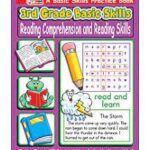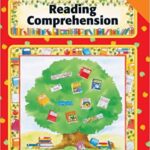4th Grade Basic Skills: Reading Comprehension and Skills. Basic reading comprehension and reading skills activities necessary for developing the skills students need to succeed! Free eBook
4th Grade Basic Skills: Reading Comprehension and Skills

4th Grade Basic Skills: Reading Comprehension and Skills
To all teachers, students, parents and guardians, this worksheet suits for students as well as individuals who need to acquire basic reading and writing. The language used is simple and clear enough for students to understand.
Teach and reinforce important basic skills! Use the individual activities to support the units you are teaching and/or provide homework practice. The high-interest, age-appropriate activities are both motivating and challenging. Students will have fun learning new skills and concepts and at the same time add to their existing knowledge. Answers are included in higher-level books.
The concepts that young readers learn in preschool, kindergarten and first grade will provide a strong foundation for them as they master more complicated texts in the school years to come. These most basic skills are vital to their future success as readers. Unfortunately, many students do not develop a robust toolbox of strategies when they are young, and they then can fall behind when texts become more sophisticated and content-heavy. In order to succeed in the upper elementary years and beyond, students need to learn critical reading skills and strategies when they are young. The older a student becomes, the more challenging it can be to close the gap and remediate reading instruction.
4th Grade Basic Skills: Reading Comprehension and Skills
Congratulations: Your child is officially a member of the “upper” grades! As fourth graders, students deepen their skills to prepare for middle school. That being said, they still learn like elementary school students do. Most fourth graders are developmentally very much still children — they enjoy and learn from play, and they thrive in nurturing and warm environments. However, the content of most 4th grade curricula pushes students to think, analyze, and learn in more sophisticated and structured ways than they did in the “lower” grades.
In 4th grade, students learn how to deeply think about and make connections in new material, and grasp more complex concepts across all subjects. They also write with clarity, flow, and structure similar to that of traditional essays. Fourth graders are encouraged to be more independent in how they learn, and depend less on their teacher’s guidance. They research, plan, and revise their work more by themselves — setting the foundation to be lifelong, self-starting learners.
Reading in 4th Grade
Much of the 4th grade reading curriculum teaches students how to analyze the books they read. Rather than just understand the plot and information given in a text, students are encouraged to think about the messages and how they relate to their own lives. They also compare texts to each other and make connections both within one text and across multiple texts.
In short, 4th graders begin to learn how to think and talk about a text to find deeper meanings and messages. This is done both with texts students read independently and those read by the whole class or smaller groups of students. Teachers may often use a class read-aloud to show students strategies for thinking about and analyzing what they read, encouraging them to do this in their own reading. Students also do this as they write in more detail about the texts they read.
To build reading skills, your 4th grader:
- Uses specific examples from the text to explain characters’ motivations, main events, central themes, or ideas about a text.
- Uses the context of a text to determine the meaning of a word.
- Understands and can explain the differences between narrative prose, drama, and poetry.
- Identifies and refers to the different parts of poems and plays, such as verses, settings, and characters.
- Interprets and connects information from illustrations, graphs, charts, or other sources related to the text.
- Identifies, compares, and contrasts different perspectives from which texts are written (for example, first and third person).
- Compares and contrasts the way different texts address the same issue, theme, or topic.
- Makes connections between people, events, or important ideas in a text.
- Uses previous knowledge to read unfamiliar multi-syllable words.
- Reads grade-level texts with accurate comprehension, pacing, and expression.





BROWSE THE EBOOK





IF YOU ARE INTERESTED IN BUYING THIS BOOK, CLICK ON THE BUTTON BELOW





WE DO NOT SUPPORT COPYRIGHT DISPUTES – USE ONLY FOR TEACHING AND LEARNING PURPOSES

